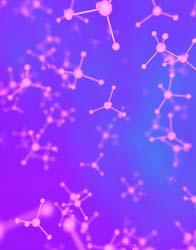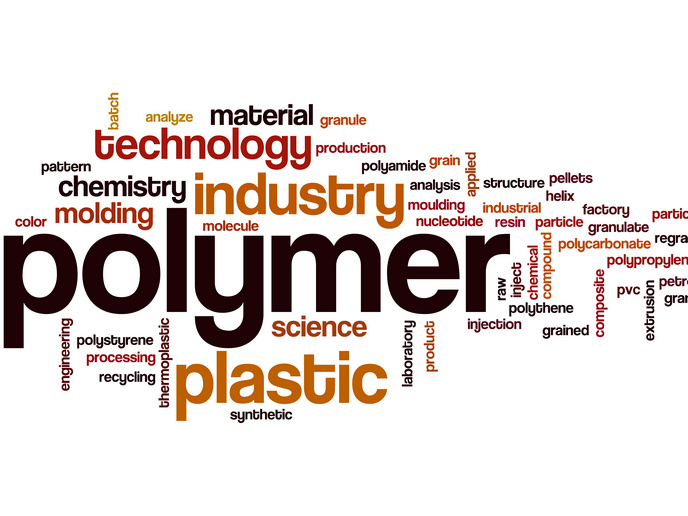Novel building blocks of natural molecules
Producing chiral molecules that have two forms of the same molecule (enantiomers) with high product purity is difficult. Enantiomers have the same arrangement of atoms, are mirror images of each other but are non-superimposable. Though selective synthesis of one form is difficult, these molecules are critically important to numerous chemicals. Scientists set out develop a novel asymmetric functionalisation protocol to realise enantioselective synthesis of a wide range of building blocks for manufacture of natural products with EU support of the project ACAD (Asymmetric chlorofunctionalization of activated carbon-carbon double bonds). The initiative took inspiration from the chlorosulfolipids, a family of natural molecules exhibiting highly chlorinated linear hydrocarbon backbones. Discovered in the 1960’s, they are gaining renewed interest as novel synthetic methods put these complex natural molecules within reach. In the first phase, ACAD scientists successfully developed a highly challenging mono-functionalisation protocol for enol ethers. This novel step was required in combination with the chloride Michael addition process already established by other authors to create the foundation for chlorosulfolipid synthesis. Work led to the first direct method for the catalytic enantioselective sulfenylation of enol ethers. The method produced excellent isolated yields with good-to-excellent enantiomeric ratios. In the next phase, the team worked on the special case of 1,2-dichlorination with an eye on synthesis of chlorosulfolipids. The team quickly developed a protocol for dichlorination of numerous unsaturated substrates leading to mixtures of enantiomers. However, as is quite often the case, enantioselective synthesis was elusive. Researchers then turned their efforts to large scale synthesis of polyhalogenated hydrocarbons (chlorine is a halogen). This work is fundamental to synthesis of undecachlorosulfolipid A, the most complex chlorosulfolipid isolated to date. Work led to improved reaction conditions for two important transformations. ACAD made important progress toward achieving the very complicated enantioselective 1,2- dichlorination required to produce chlorosulfolipids, complex natural molecules of growing interest. The methodologies for streamlined synthesis of novel molecular architectures are expected to benefit both academia and industry.







